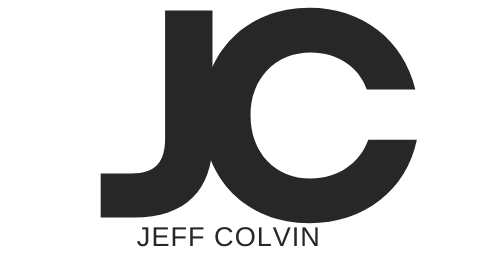When Jeff Colvin campaigned to lead Chestermere, his vision was not just about tightening budgets or adding amenities—it was about balance. He believed the city could only reach its full potential if business growth and community well-being developed side by side. For Colvin, a thriving Chestermere wasn’t simply measured in economic numbers but in the opportunities, connections, and quality of life available to its residents.
Growing the Business Landscape
Colvin recognized that Chestermere had long been viewed as a commuter town, with many residents working in Calgary. He wanted to change that by creating conditions where businesses could grow locally. His proposals included developing high-tech campuses, supporting small businesses, and opening new commercial zones that would ease the property tax burden on homeowners. By broadening the tax base, Colvin envisioned a healthier, more sustainable economy that worked in favor of both residents and entrepreneurs.
Creating Jobs and Opportunities Close to Home
A central part of Colvin’s strategy was job creation. By attracting businesses to Chestermere, he hoped to reduce the need for residents to commute elsewhere for work. More local jobs meant more time for families, less traffic on the roads, and a stronger sense of community identity. Colvin’s approach tied economic growth directly to quality of life, making the case that business development wasn’t just about revenue—it was about giving people more time to live and enjoy the city they called home.
Building Social Spaces Alongside Economic Growth
Colvin was clear that business growth could not stand alone. He tied his economic strategy to the development of public and social spaces that would make Chestermere a true destination. His plan for a revitalized civic centre and a vibrant beachfront district included restaurants, shops, breweries, and entertainment venues. These projects served a dual purpose: they attracted investment and visitors while giving residents places to gather, connect, and build stronger community ties.
Supporting Families Through Smarter Growth
Colvin often described his vision as being family-first. By creating opportunities for businesses to thrive, the city could reinvest in schools, recreation facilities, and senior housing. In this way, growth was not just financial but social. Every new business and development was seen as a potential contributor to a bigger mission—making Chestermere a city where families of all generations could thrive.
A Sustainable Future for Chestermere
Colvin’s vision of Chestermere as a place where business and community thrive together was rooted in sustainability. He spoke about smarter financial management, diversifying income streams, and ensuring that growth did not come at the expense of identity. By blending economic opportunity with strong investments in people, he wanted Chestermere to stand out as both a competitive business hub and a welcoming community.
Conclusion: A City Built on Partnership
Jeff Colvin’s Chestermere was more than just a collection of policies—it was a vision of partnership between economic development and community life. His message was clear: a city that supports business growth while prioritizing families, recreation, and public spaces can become more than a suburb. It can become a self-sustaining jewel of Alberta, a place where both entrepreneurs and residents proudly call home.



